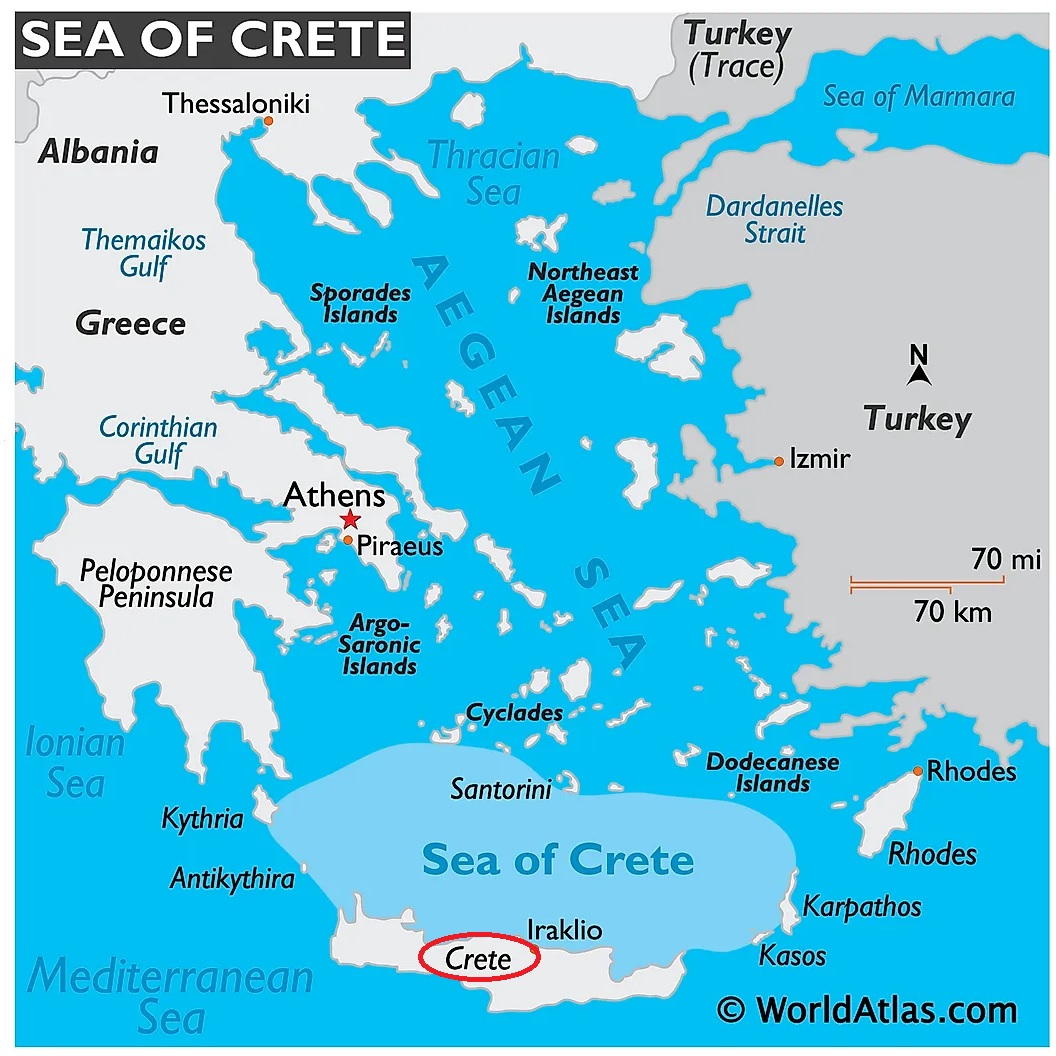Renowned sarod maestro Pt. Rajeev Taranath recently passed away after a brief illness.

Rajeev Taranath
References
The Supreme Court is scheduled to address three petitions regarding the controversy surrounding the NEET-UG 2024 medical entrance test.
NEET-UG- Examination conducted for admissions to MBBS, BDS, and AYUSH.
References
The World Health Organization (WHO) recently launched a framework to eradicate visceral leishmaniasis (VL) in eastern Africa.
In 2022, eastern Africa accounted for 73% of global VL caseload, 50% of which occurred in children aged under 15 years.
Bangladesh is the first country to eradicate VL in 2023.

WHO has set the target date for the elimination of this disease in South-East Asia Region by 2026.
Reference
Down to Earth | Visceral Leishmaniasis (VL)
The long-awaited Bangladesh-India friendship bridge, Maitri Setu to get operational by September.
Reference
The Economic Times | Bangladesh-India Friendship Bridge
A 4000-year-old circular monument was discovered during airport excavations on Crete, island.
Mediterranean Sea is an intercontinental sea that stretches from the Atlantic Ocean on the west to Asia on the east and separates Europe from Africa.

Reference